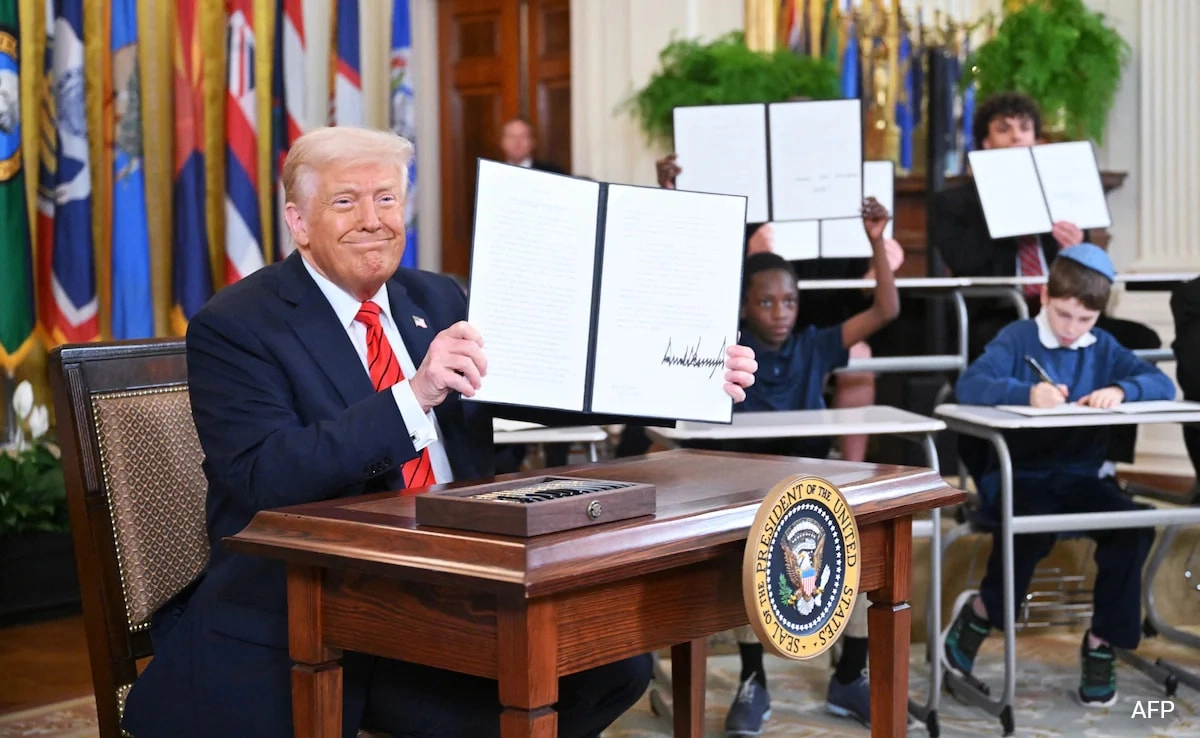In a surprising move, former President Donald Trump signed an executive order aimed at dismantling the U.S. Department of Education, a federal agency responsible for overseeing education policy, federal funding for education, and ensuring equal access to education for all Americans. This decision comes amidst ongoing debates about the role of federal government in education, particularly regarding issues such as student loans, curriculum standards, and the funding of public versus private education. Trump’s rationale for this drastic step centers on his belief that education should be more localized, arguing that states and communities are better equipped to understand the unique needs of their students rather than a centralized federal agency.
The implications of shutting down the Department of Education are far-reaching. Critics argue that this move could lead to significant disruptions in the education system, particularly for disadvantaged students who rely on federal funding and support. Programs aimed at providing assistance to low-income students and those with disabilities could face severe cuts or complete elimination without the federal oversight and funding currently provided. Proponents of the order, however, argue that it could pave the way for a more innovative and flexible education system that allows for a variety of educational models, including charter schools and homeschooling, to thrive without federal restrictions.
Furthermore, the executive order raises questions about the future of educational standards and accountability across the nation. Without the Department of Education, there may be a lack of uniformity in educational quality, leading to a potential widening of the gap between affluent and underprivileged districts. Critics warn that this could result in a fragmented education system where access to quality education becomes largely dependent on geographic location and local governance. As debates heat up over the future of education in America, this executive order could ignite a significant shift in both policy and public opinion regarding the federal government’s role in shaping the education landscape.
As the nation grapples with the implications of this move, educators, parents, and policymakers are left to ponder the potential consequences for students across the country. Many are calling for a reevaluation of how education is funded and administered, with a focus on ensuring equitable access and quality education for all, regardless of socio-economic status. The discourse surrounding this executive order highlights the ongoing struggle to find a balance between local control and the need for federal oversight in education, a challenge that is likely to continue shaping the future of American education for years to come.




